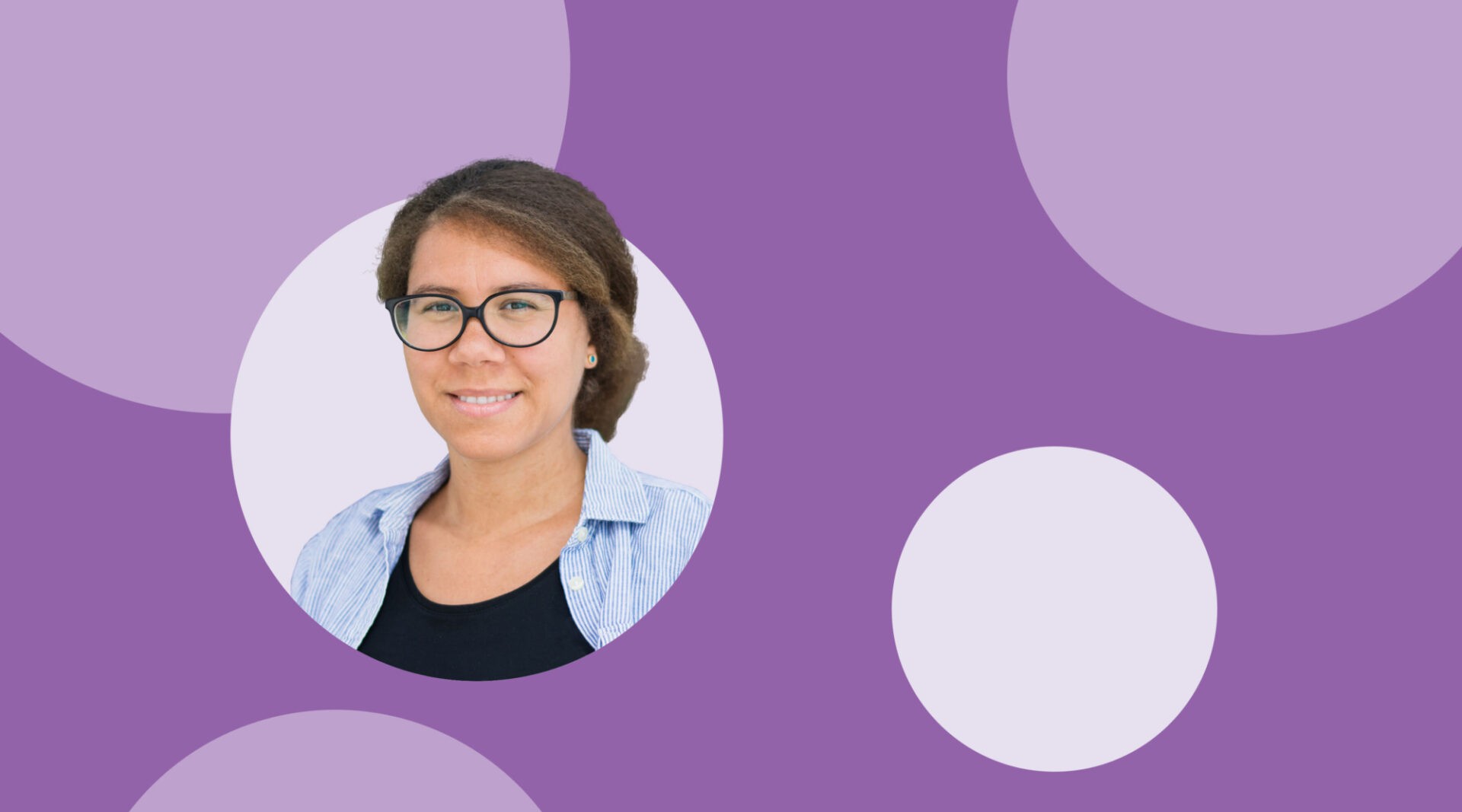Louise Edwards
she/her
Louise is a physics professor at California Polytechnic State University teaching the next generation of scientists and researching the brightest galaxies and their neighbors within galaxy clusters.
Highlights
Studies the largest objects in the universe, like brightest cluster galaxies and the cosmic web
Appeared on a Canadian stamp in 2002
First Black Canadian to get a PhD in astronomy
What do the brightest galaxies in galaxy clusters, teaching astronomy, and a Canadian stamp have in common? Dr. Louise Edwards of California Polytechnic State University (CalPoly)!
Louise is a professor at CalPoly, where she spends most of her time teaching the next generation of scientists. She studies the brightest central galaxies (BCGs) in galaxy clusters—these are the oldest and biggest galaxies within a cluster made from the many smaller galaxies that got too close together and merged. Her work focuses on the curious fact that many BCGs appear oriented in the same direction as the local “cosmic web,” the web-like filaments formed by galaxies, clusters, and superclusters with empty voids in between. Did the filamentary structure come first, with BCGs forming later as nearby galaxies “rained down upon them” from the filaments? Did the BCGs come first instead, with their collective orientations deciding the structure of the larger filaments? Or did the BCGs and filaments form at the same time, together? “Who knows,” says Louise, “but there has been extensive work in the local [nearby, recent] universe showing the connection between BCGs and the filaments.” By collecting a huge sample of galaxies over a large area of sky, and a long way back in time, astronomers like Louise can figure out which came first, the chicken or the egg—or, in this case, BCGs or filaments. Rubin Observatory will provide just the data they need, and Louise is already preparing for this work using Rubin’s simulated survey data set!
Louise is originally from British Columbia, Canada, and she completed much of her schooling close to home. One of her summer research internships was at Dominion Astrophysical Observatory, right in her hometown! She completed her Master’s degree in astronomy at St. Mary’s University in Nova Scotia, and her PhD at Université Laval in Quebec. She got her first taste of teaching astronomy through a half-teaching postdoctoral position at Trent University in Ontario, and there she realized the full extent of her love of teaching. She moved to Southern California for a second postdoctoral position at Caltech studying the largest-scale structures in the Universe, like the cosmic web, before pursuing her love of teaching in a lecturing position at Yale University. Now at CalPoly, she’s combined all of her passions—training future scientists through teaching and research, and studying both BCGs and the cosmic web— into a single job. “We're not trying to do the research the quickest way possible,” she said. “We're trying to develop projects where undergrad students can own a piece of it, where they are the ones doing the work.”
So, what does it take to get on a Canadian stamp? During Louise’s time at St. Mary’s University, the college celebrated its 200th birthday. At the same time, the Canadian postal service was creating a stamp to celebrate St. Mary’s and its oldest subject: astronomy. Louise was one of the department’s two graduate students, but they didn’t know whose picture the postal service would use…to Louise’s surprise, she appeared on the stamp! “I wrote letters to everybody I knew from way back, like elementary school friends,” she laughed.
Outside of teaching, research, and reminiscing on past postal stamp fame, Louise loves to spend time with her kids. They often take advantage of living in California’s year-round sunny weather, and their weekends sound delightful—as Louise put it, “We go to the park, we go to the beach. We get a snack and come home for a nap. Do the same thing in the afternoon and repeat that on Sundays.”
Louise loves that she’s been able to combine all of her interests: brightest cluster galaxies, large scale structure, and teaching into one job. But she likely wouldn’t have known she loved all of those things if she hadn’t tried them. Particularly to undergraduates, she says: “It gets more difficult to go outside your box of comfort that you set up for yourself as you go further along. So take your time. Try lots of different things. And don’t let somebody tell you that you need to have four summers of research…take the time to do what’s important for yourself.”
Lightning round Q&A: Get to know Louise better!
If you could live in any fictional universe, which would it be?
I did just see The Matrix, so I’ll go with that!
If you didn't have to sleep, what would you do with the extra time?
I don't actually sleep because my kids wake me up all of the time. But I would do exactly what I do during my waking hours – I would play with my kids and do a little bit more research. And also maybe hang out with my husband and friends.
If you could travel back in time to any time period, what time period would you go to and why?
I am at peak time now and I hope that this life lasts for as long as it can…just to be able to keep this amazing moment that I have right now.
What is a hobby that feels out of reach that you would like to have?
I have lots of hobbies that I haven't been able to do for five years, which is the age of my first kid. I like to knit, I like to hike, I love playing soccer, I like to run.
What is your most used emoji?
:) Smiley face, full stop.

